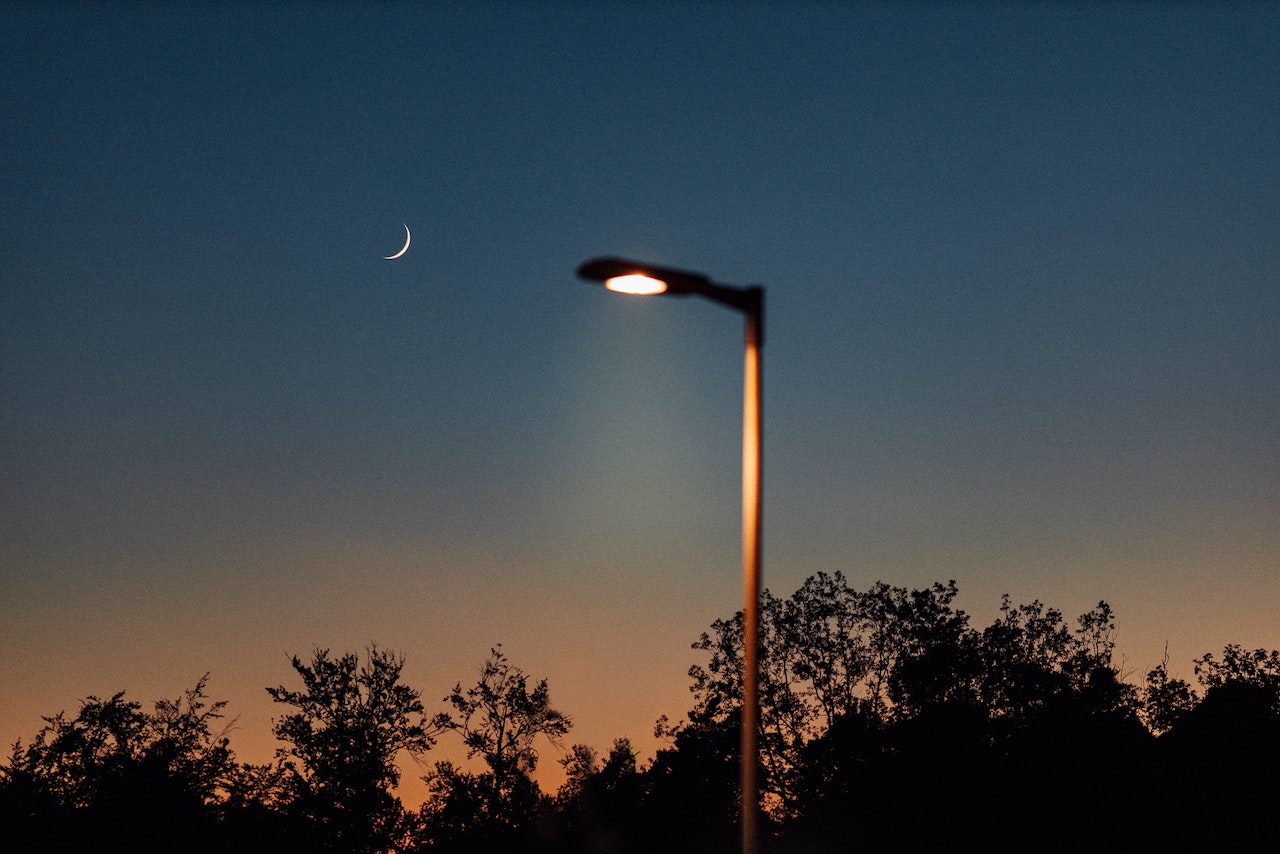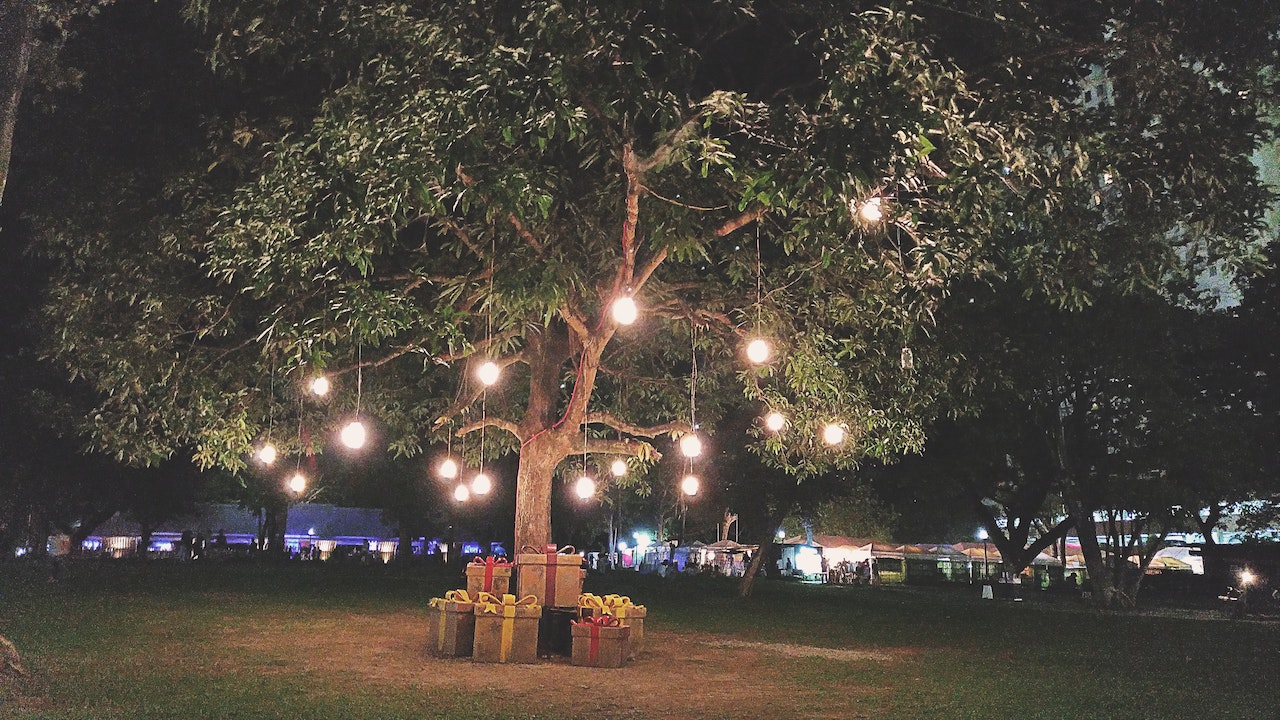Light Pollution - Messing Up How Plants And Trees Grow
Illuminating the streets and parks at night is one good idea, but people should be mindful of the thing called light pollution. As it can cause harm to humans, so does to plants and trees as well. In fact, it causes undesirable effects on their growth and development.
Author:Hajra ShannonReviewer:Paula M. GrahamMar 21, 20231 Shares380 Views
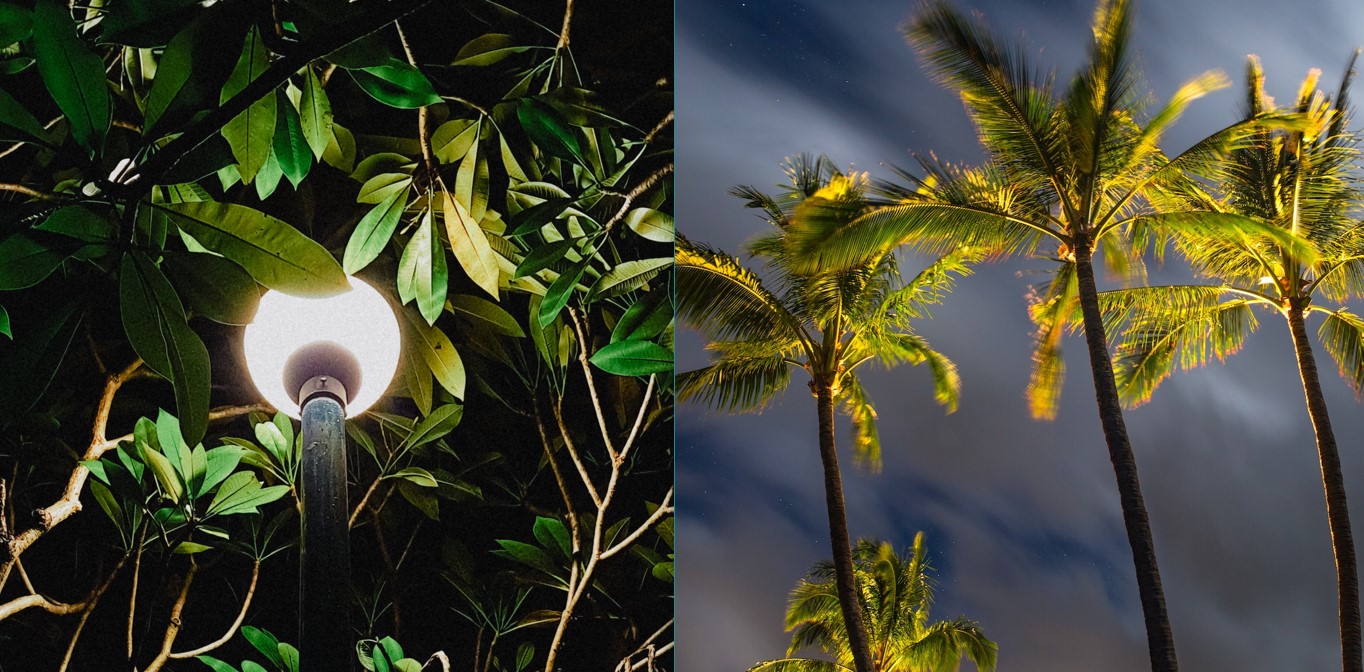
Light pollutionis a phenomenon that occurs when artificial light sources emit excessive and unnecessary light into the environment.
This type of pollution can have negative effects on both humans and the natural world, including plants and trees.
While some plants may benefit from light pollution, many others can be negatively impacted by the overexposure to artificial light.
Learn more about this phenomenon and how it can be harmful to plants and trees.
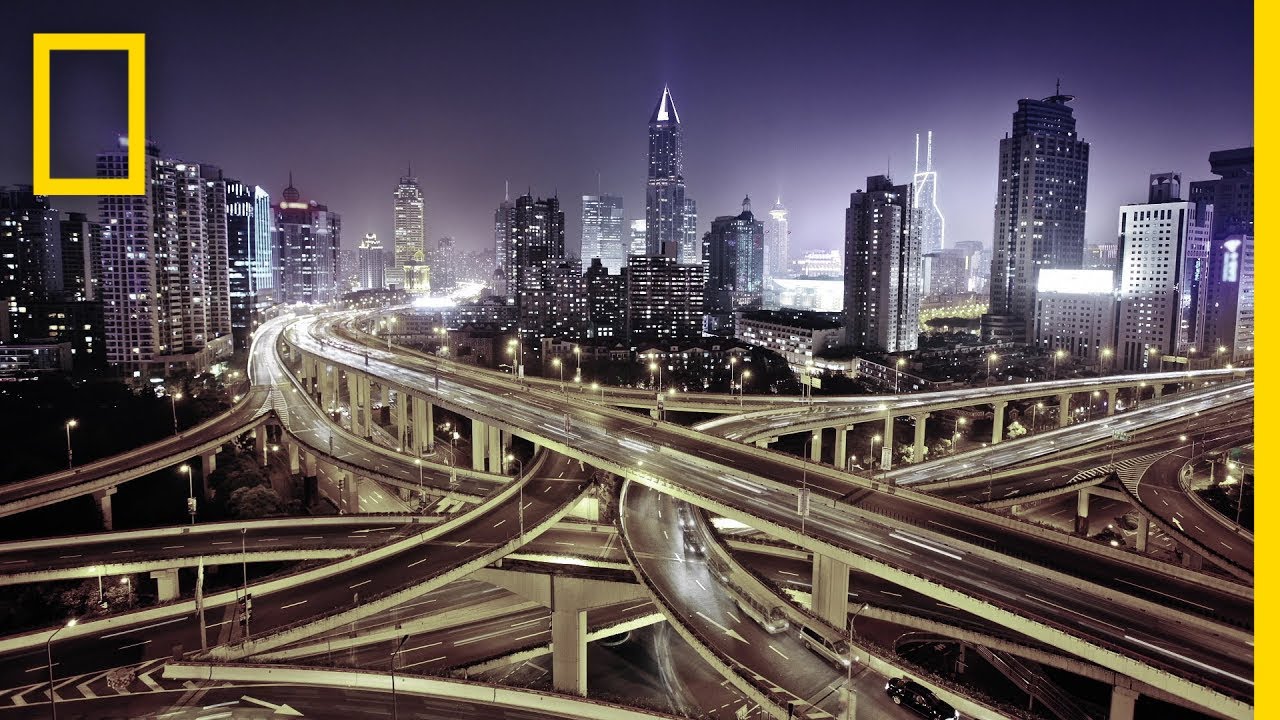
Light Pollution 101 | National Geographic
What Is Light Pollution?
Light pollution is the presence of excessive or unnecessary artificial light in the environment that causes a disruption to the natural night sky and impacts the ecosystem.
It is a form of environmental pollution that results from the excessive and inefficient use of outdoor lighting, causing excessive glare and skyglow.
Moreover, light pollution leads to a significant increase in the brightness and intensity of the night sky.
Furthermore, it is a growing problem in urban and suburban areas worldwide, and efforts are being made to reduce its impactthrough better lighting design and management practices.
Types Of Light Pollution
There are several types of light pollution, including:
a. Skyglow
This is the brightening of the night sky over inhabited areas.
It is caused by the scattering of artificial light in the atmosphere and can make it difficult to see stars and other celestial objects.
b. Glare
Glare occurs when a light source is too bright and causes discomfort or reduces visibility. It can be caused by streetlights, headlights, and other sources of bright light.
c. Light Trespass
This type of light pollution occurs when unwanted light enters a property or space, typically from an adjacent property or street.
It can be particularly annoying for people trying to sleep or work.
d. Clutter
This is the excessive grouping of lights, particularly in urban areas. It can make it difficult to identify individual objects or landmarks.
e. Urban Sky Glow
This is the brightening of the sky above an urban area, which can be caused by streetlights, commercial signs, and other sources of artificial light.
It can make it difficult to observe stars and other celestial objects.
f. Over-illumination
This occurs when the intensity of light is greater than needed for a particular task, resulting in wastage of energy and increased light pollution.
g. Flicker
This is the rapid variation in brightness of light sources, which can cause headaches and other health problems for some people.
h. Ecological light pollution
This is the disruption of natural cycles of light and dark that affects the behavior and health of wildlife, such as birds and sea turtles.
Causes Of Light Pollution
Light pollution is caused by human activities, primarily the excessive use of artificial lighting.
Some of the main causes of light pollution include:
1. Outdoor Lighting
The use of outdoor lighting fixtures such as street lights, security lights, and parking lot lights can cause light pollution if they are too bright or are pointed in the wrong direction.
2. Urbanization
The rapid growth of cities and urban areas has led to an increase in the number of outdoor lights used for street lighting, advertising, and commercial purposes.
3. Industrialization
Many industrial facilities use bright lights for safety and security reasons, which can also contribute to light pollution.
4. Advertising
Billboards and other illuminated signs can contribute to light pollution, particularly in urban areas.
5. Inefficient Lighting
Many lighting fixtures are designed with inefficient light sources or are poorly designed, causing light to be scattered in all directions rather than being directed where it is needed.
6. Sports Facilities
Sports facilities such as stadiums and arenas often use bright lights for nighttime events, which can contribute to light pollution if not properly controlled.
Overall, light pollution is caused by a combination of factors.
Light Pollution Effects
Light pollution can have a number of negative effects on the environment, wildlife, human health and safety, and the ability to observe the stars and other celestial objects.
Here are some of the effects of light pollution:
a. Disrupts natural ecosystems
Light pollution disrupts natural ecosystems by altering the behavior and biological rhythms of animals, birds, and insects.
It can interfere with breeding, migration, and feeding patterns, which can ultimately impact the survival of these species.
b. Wastes energy
Light pollution wastes energy and contributes to greenhouse gas emissions (these causes global warming and climate change), as a significant portion of outdoor lighting is unnecessary or poorly designed.
c. Affects human health
Exposure to artificial light at night can suppress the production of melatonin, a hormone that regulates sleep and the body’s internal clock.
This disruption of the natural sleep-wake cycle can lead to sleep disorders, mood disorders, and other health problems.
d. Affects astronomy
Light pollution obscures the stars and other celestial objects in the night sky, making it difficult for astronomers to observe and study the universe.
Switch it off! Light pollution is disrupting plants' senses | WION Climate Tracker
Light Pollution And Plants
Light pollution can affect trees and plants in several ways.
One of the most apparent effects is the disruption of the natural light-dark cycle.
Plants have evolved to rely on the amount and timing of light they receive to regulate these three:
- growth
- reproduction
- metabolism
Unfortunately, artificial light can disrupt this cycle, causing plants to grow and flower at the wrong times, leading to reduced yields and lower-quality produce.
For instance, some streetlights emit light in the blue spectrum, which interferes with the plant’s ability to produce the hormone melatonin, a crucial regulator of growth and development.
Additionally, light pollution can alter the physiology of trees and plants.
Plants that are exposed to excessive artificial light can experience phototoxicity. This can lead to cellular damage and reduce the plant’s ability to perform photosynthesis.
Plants that are exposed to excessive artificial light can experience phototoxicity. This phenomenon can cause the following:
- lead to cellular damage
- reduce the plant’s ability to perform photosynthesis
- alter the composition of the plant’s tissues
- negatively impact the plant’s nutrient uptake and water balance
Moreover, light pollution can affect the behavior of pollinators, which are essential for the reproduction of many plants.
Aside from bees and butterflies, other pollinators include:
- bats (active at night)
- beetles
- hummingbirds
- moths (active at night)
- wasps
These animals rely on natural light cues to navigate and locate flowers.
However, artificial light can interfere with this process, leading to reduced pollination rates and ultimately, lower plant reproduction.
It is, therefore, essential to minimize light pollution to preserve the natural environment and ensure the healthy growth of plants and trees.
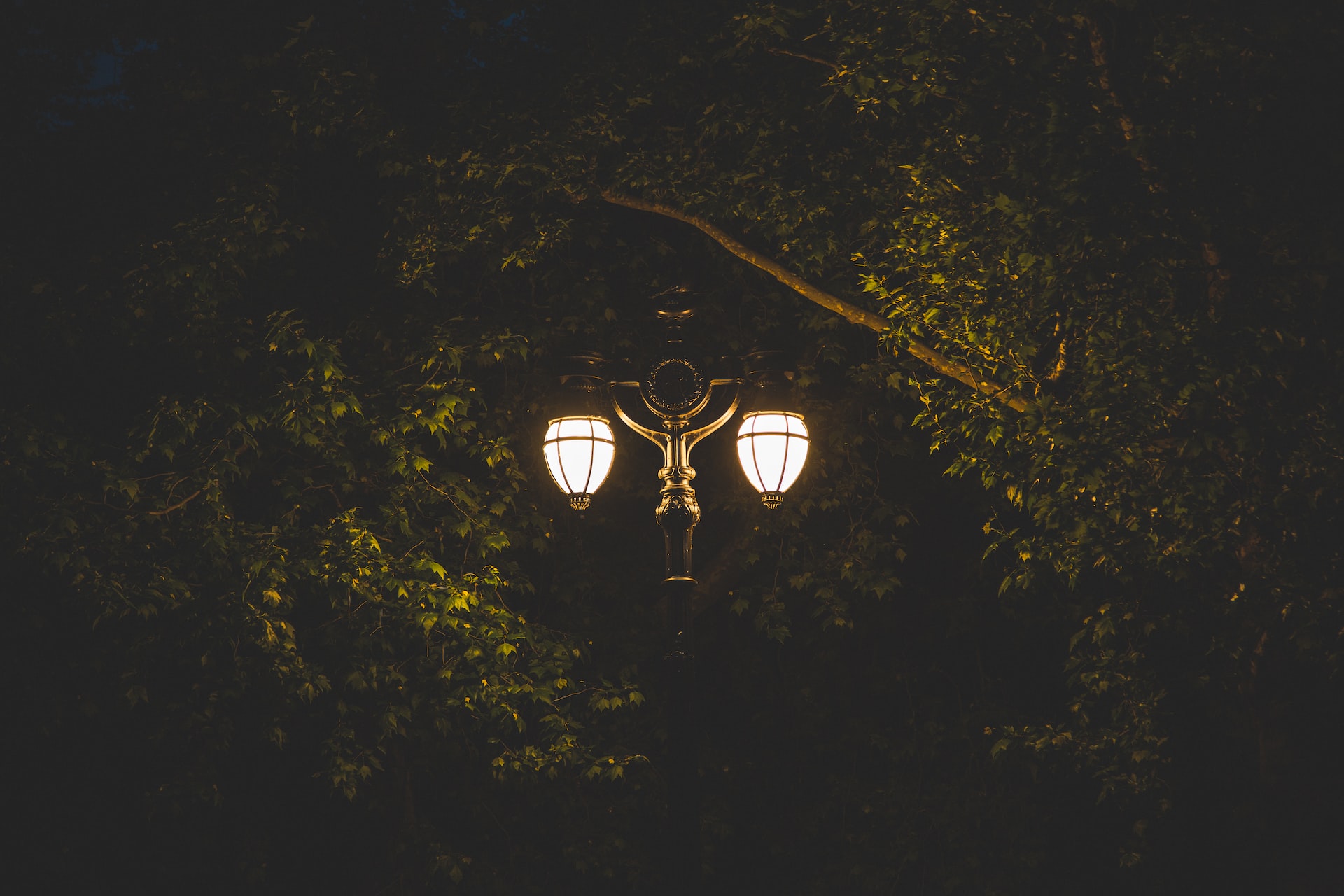
Light Pollution And The Seasonal Rhythms Of Plants And Trees
Light pollution can have significant effects on the seasonal rhythms of plants and trees.
Seasonal rhythms refer to the changes that occur in plants and trees throughout the year as a result of seasonal variations in the environment.
These changes can have a significant impact on the growth, reproduction, and survival of plants and trees.
They are related to variations in the following:
- temperature
- day length
- rainfall
- quality of light
Excessive artificial light at night can disrupt seasonal rhythms.
Yuyu Zhou, an associate professor of Environmental Science at Iowa State University, shared through The Conversationwhat he and his colleagues discovered in their study:
“„We found that artificial light alone advanced the date that leaf buds broke in the spring by an average of about nine days compared to sites without nighttime lights.- Yuyu Zhou
He added:
“„In general, we found that the more intense the light was, the greater the difference.- Yuyu Zhou
Plants and trees use a process called photoperiodism to determine when to flower, fruit, or shed their leaves.
Photoperiodism is the response of an organism to changes in the duration of daylight, and it is critical for regulating the timing of important developmental stages in plants and trees.
However, light pollution can disrupt photoperiodism by altering the natural light-dark cycle.
For example, streetlights and other forms of artificial light can extend the length of daylight. This leads to confusion in plants and trees that rely on the natural duration of daylight to trigger seasonal changes.
It can result in delayed or early:
- flowering (like what Zhou said)
- fruiting
- leaf senescence (the natural process by which a leaf gradually deteriorates and ultimately dies)
In addition, light pollution can also alter the quality of light that plants and trees receive.
For example, blue light is important for leaf expansion and development, while red light is crucial for flowering.
Light pollution can interfere with these processes by altering the spectrum of light that plants and trees receive, leading to growth and development abnormalities.
People Ask
Can Light Pollution Harm Trees?
Yes, light pollution can harm trees, especially if they are exposed to artificial light at night for prolonged periods.
It can negative affect their growth and can impact their ability to survive in changing environments.
Does Light Pollution Disrupt The Circadian Rhythms Of Trees?
Yes, it does. This is because the artificial light can interfere with the natural light-dark cycle that trees have evolved to follow, and confuse their internal biological clock.
Does Artificial Lighting Have Any Positive Effect On Plants?
Yes. Artificial lighting can provide plants with the necessary light energy when natural light is not sufficient or when plants are grown indoors.
Final Thoughts
Light pollution can disrupt plant growth and development, alter the timing of plant processes, and even lead to changes in plant behavior.
In general, it can have a range of negative impacts on wildlife, human health, and the environment.
Understanding the impact of light pollution on plants is important for conservation efforts and the preservation of natural ecosystems.

Hajra Shannon
Author

Paula M. Graham
Reviewer
Latest Articles
Popular Articles
